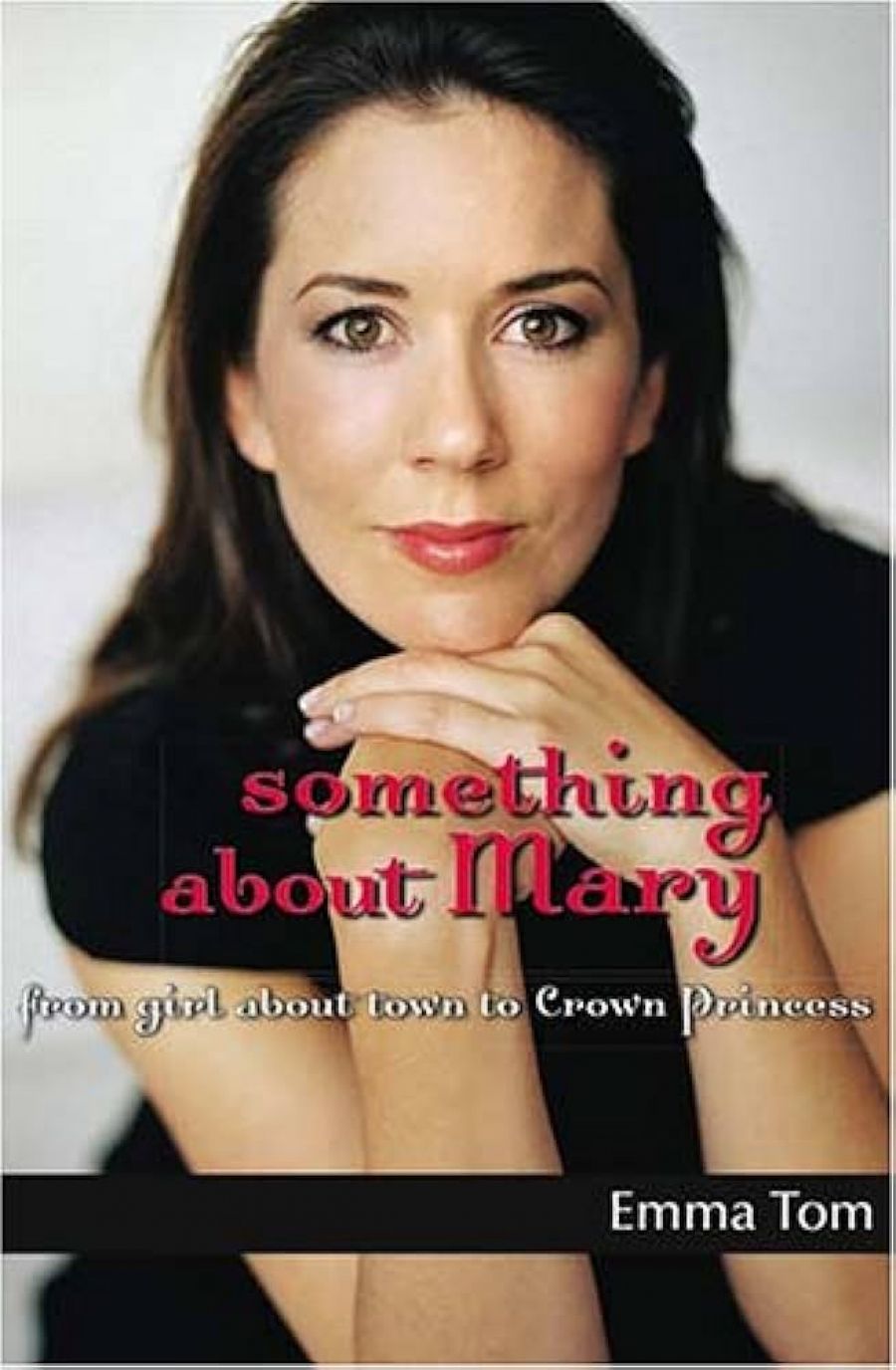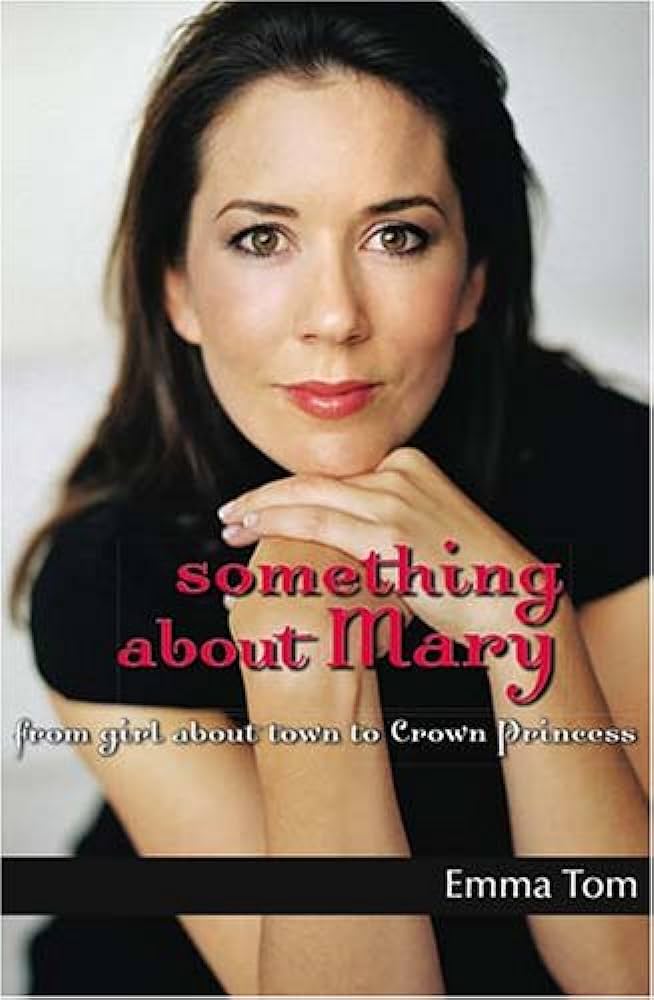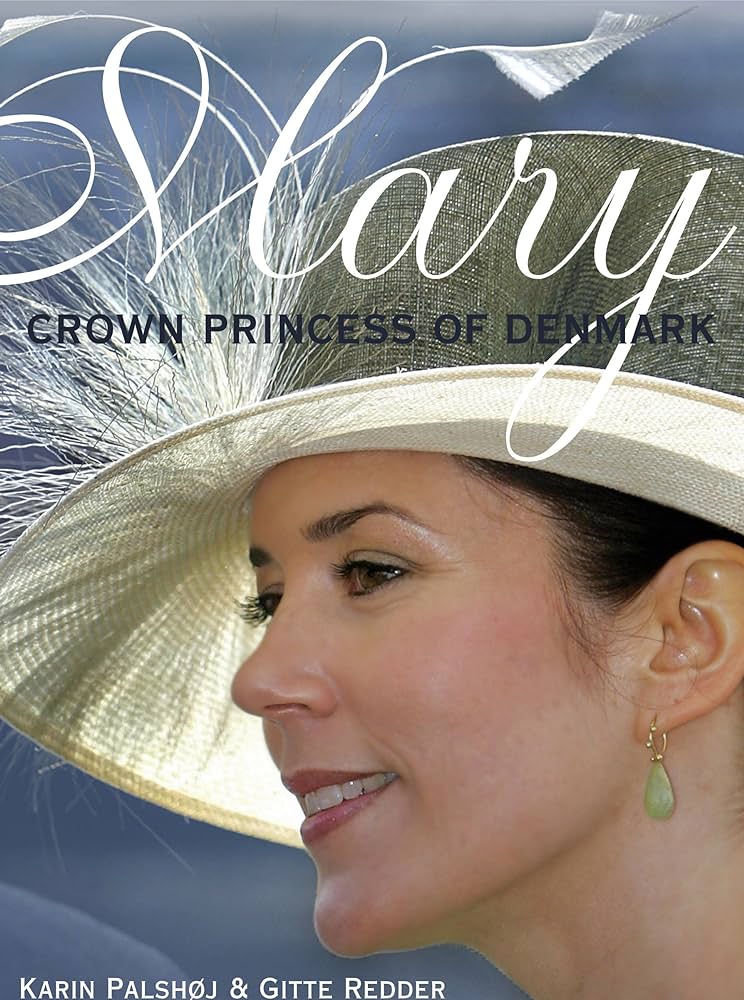
- Free Article: No
- Contents Category: Non-fiction
- Custom Article Title: Mary's booty
- Review Article: Yes
- Article Title: Mary's booty
- Online Only: No
- Custom Highlight Text:
One of the contestants on television’s Australian Princess last year was a stripper, the oscillation in whose carriage was queried by the judges. ‘Of course I wiggle when I walk,’ the young woman protested, ‘I’ve got booty.’ Another competitor found that the going got tough when she was called upon to make a cup of tea. ‘I’m more of a bourbon girl,’ she shrugged. We were meant to laugh and cringe, and we did, but the show, for which nearly 3000 hopefuls had auditioned, was also a ratings success, reinforcing the widespread belief that anyone can become a princess. After all, it seemed as though anyone had.
- Book 1 Title: Something About Mary
- Book 1 Subtitle: From girl about town to crown princess
- Book 1 Biblio: Pluto, $32.95 pb, 210 pp
- Book 1 Cover Small (400 x 600):

- Book 1 Cover (800 x 1200):

- Book 2 Title: Mary, Crown Princess of Denmark
- Book 2 Biblio: Allen & Unwin, $29.95 pb, 203 pp
- Book 2 Cover Small (400 x 600):

- Book 2 Cover (800 x 1200):

Even after her marriage, however, Mary remains stuck in the quotidian, at least in her Australian context. Like most families, her clan is a mixed bunch. Among the guests who attended the Ruritanian royal wedding in Copenhagen was Mary’s 42-year-old male cousin by marriage, who was later found guilty of sexually assaulting a sixteen-year-old girl in Launceston. Meanwhile, in her Danish context, Mary is regarded as exotic, a condition Australians might find disconcerting, at least to begin with. That dual perspective is maintained in these books, one of which is Australian in origin and the other Danish.
Writing about royalty tends to be either iconoclastic or idolatrous, and these two books neatly describe that divide as well. Something about Mary is written from the bottom up, as it were. Within the first few pages of Tom’s book, the reader is invited to speculate as to Mary’s first impressions of Frederik. ‘He’d be a catch even if his crown jewels weren’t literal’, is Tom’s suggestion as to what was running through her mind. It is not the only occasion on which that particular joke is used in the book, and is indicative of the author’s irreverent attitude towards her subject.
Tom writes as if she were a little unsure whether Mary should be praised or buried or ignored, perhaps reflecting the ambivalent, even hostile, feelings towards royalty of many Australians. Mary was an independent, well-educated and outwardly successful career woman who gave up everything to join a taxpayer-funded patriarchy dating back a thousand years requiring her to produce an heir and a spare.
In her quest for the meaning of Mary, Tom convenes a symposium of talking heads that includes such luminaries as Tara Moss, Kaz Cooke and Lillian Frank to comment on what Mary says to Australian women in terms of feminism and also from the point of view of other aspiring princesses (and, according to Frank, their equally ambitious mothers). Hints as to Mary’s character, personality and dress sense are scrutinised closely, but the woman herself remains elusive. ‘There’s nothing about Mary’ wails a frustrated Danish journalist quoted by Tom, and indeed Mary’s life seems devoid of scandal or plausible innuendo, and anything that might suggest wit or original thought. The only apparent quirk is her lead-footedness as a driver. Mary’s own public statements mostly consist of platitudes and corporate-speak, as befits someone who spent most of her career as a client manager at an advertising agency.
Tom is surest, and indeed quite funny and sharp, when discussing how the media largely prostrated itself before Mary, and how politicians fawned over the newly married royal couple during their Australian tour. The humiliating obsequies of monarchists such as Tony Abbott were to be expected, but the behaviour of certain present and past state premiers also plumbed new depths of self-serving servility.
The top-down approach of Mary, Crown Princess of Denmark, a heavily illustrated encomium written by two Danish journalists, offers a contrast to Tom’s book but little else of note except for an interesting discussion of the Scandinavian royal families and their recent marital travails, which increasingly involve commoners and foreigners.
Much of Mary, Crown Princess of Denmark reads like a lightly reworked palace press release, but there are one or two moments of unintended ambiguity. One example I savoured was this: ‘She behaves so naturally as a princess that many forget she was not born into royalty.’ It may sound like uncritical praise, but it can also be interpreted as a subtle, snobbish putdown.
Readers interested in the former Mary Donaldson thus have a choice between prurience and deference, each of which is ultimately an exercise in projection. Every successful relationship is a mystery, while the failed ones are explained all too easily.


Comments powered by CComment